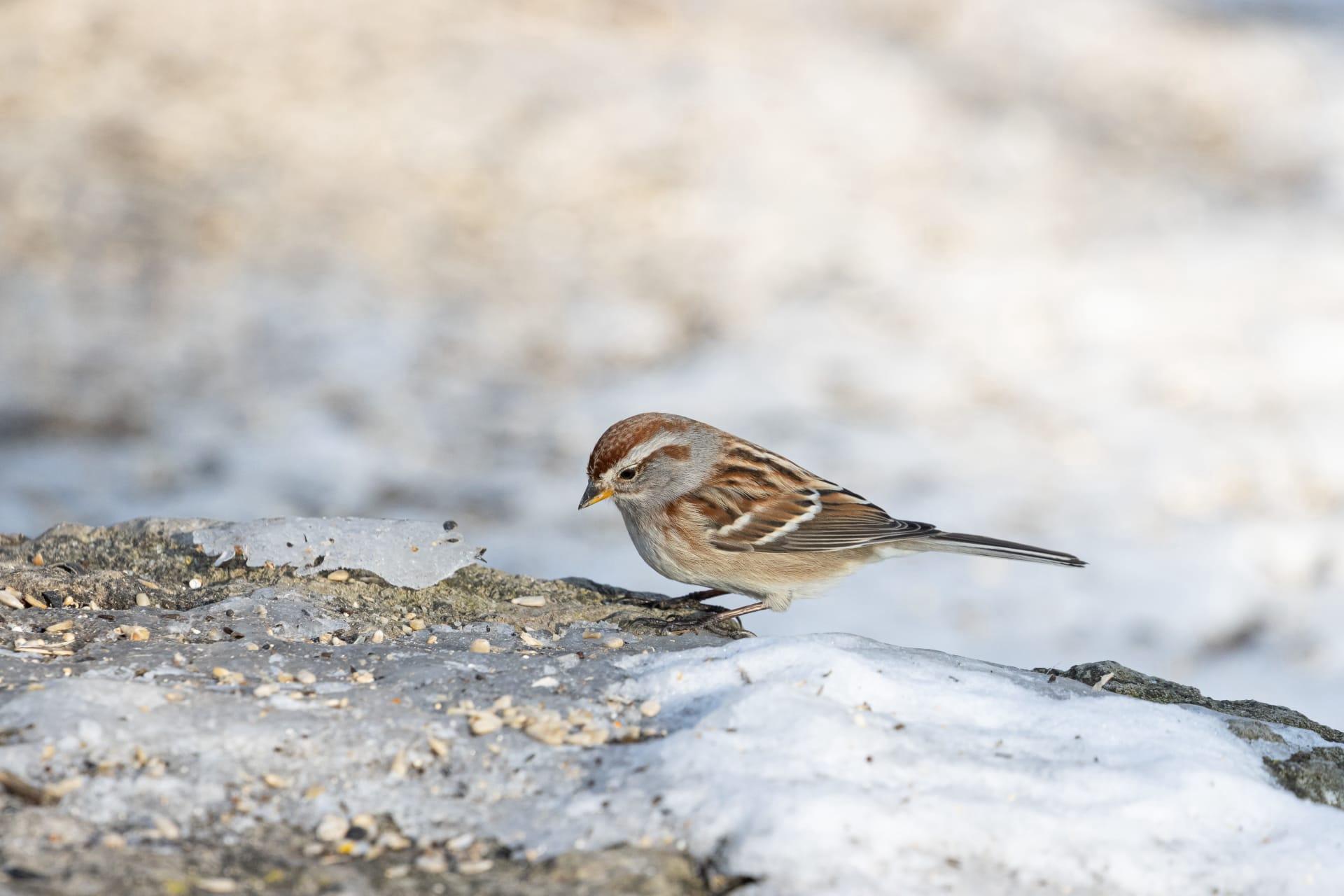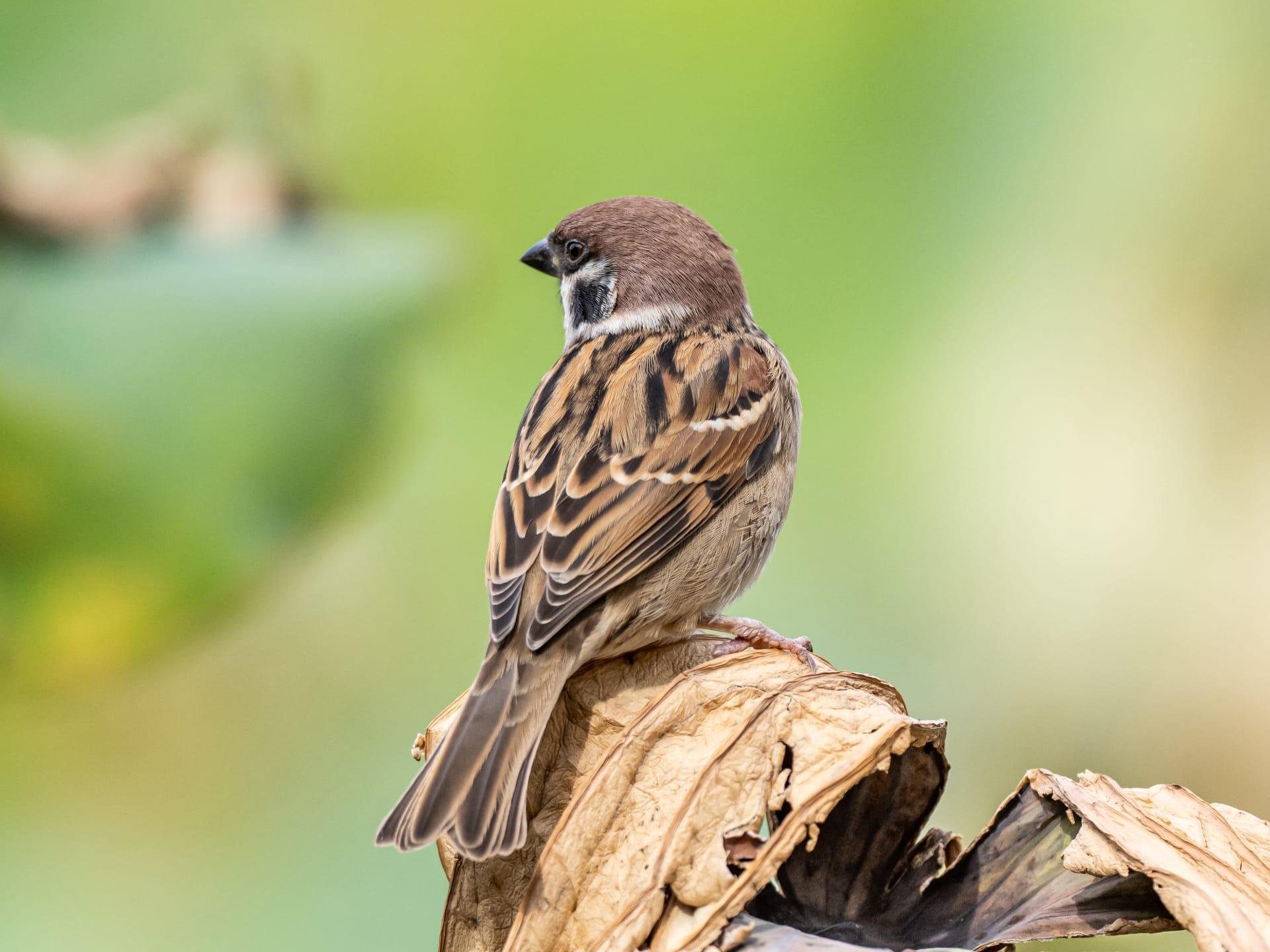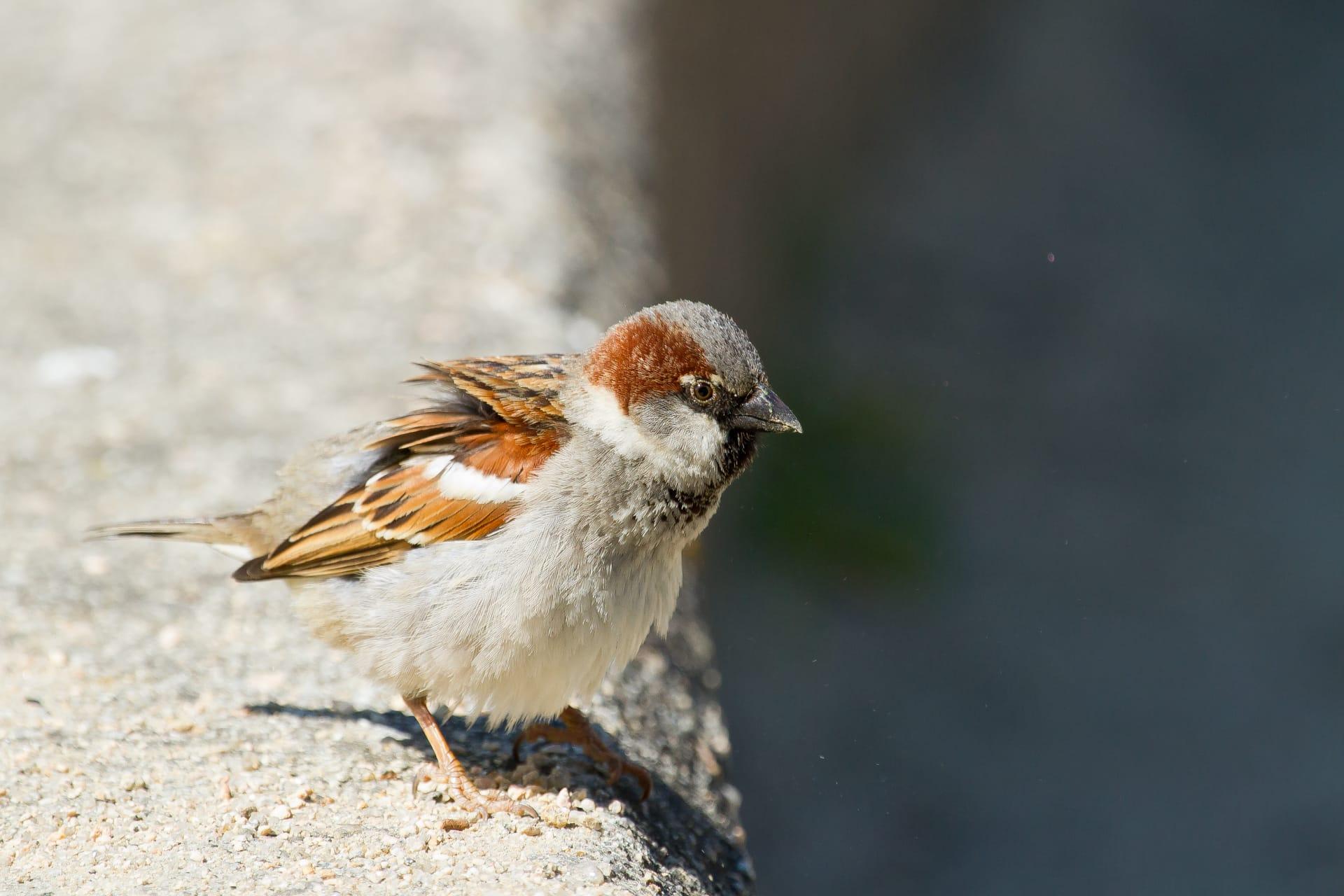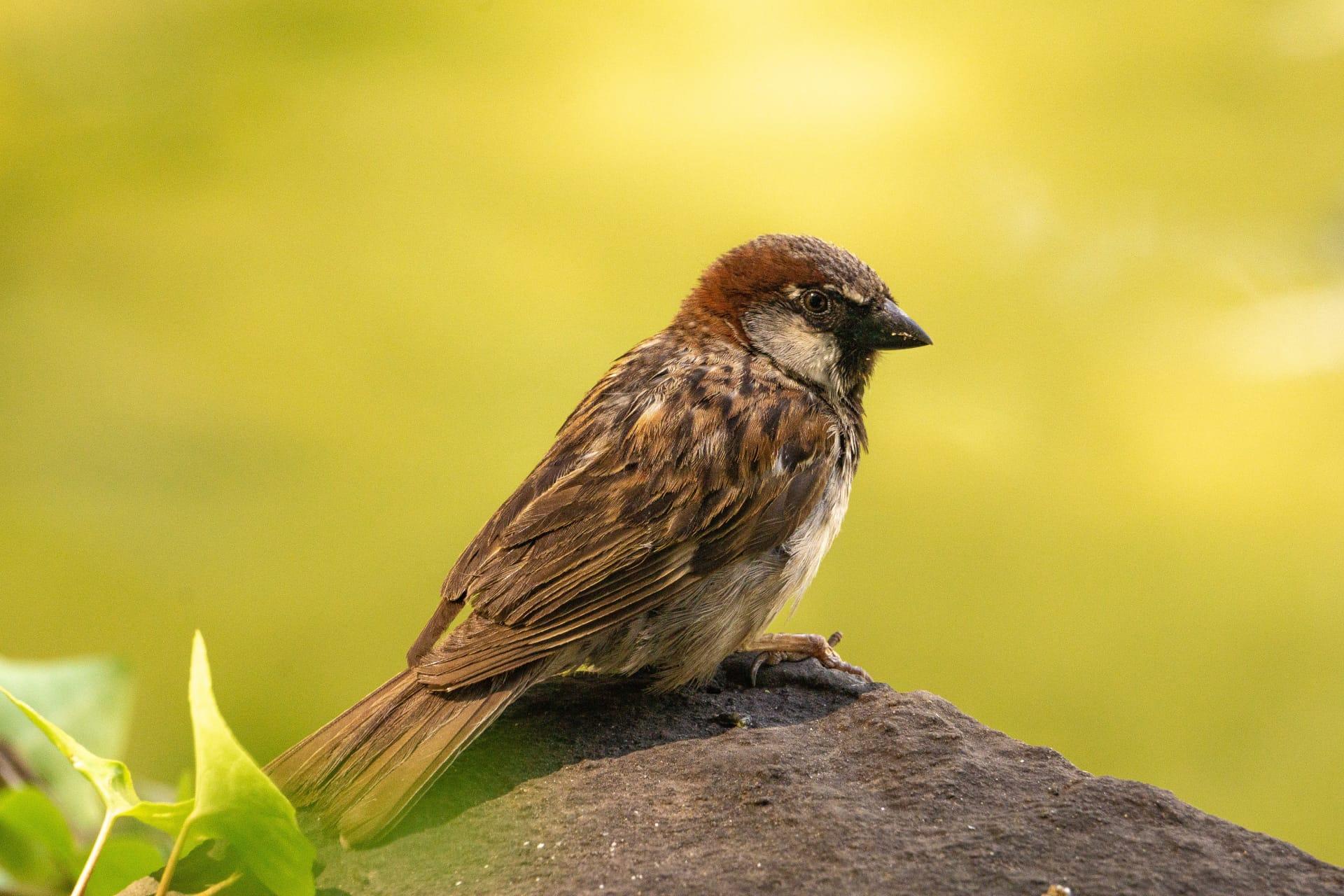Sparrow Trivia
- Home /
- Trivia Question /
- Animal /
- Sparrow Trivia
1
Question: How many species of sparrows are there, and where can they be found globally?
Answer: There are about 40 species of sparrows worldwide. These little birds are mainly found in Europe, Africa, and Asia. The most common one, the House Sparrow, has adapted well to urban environments and is often seen bustling around in cities and towns. Interestingly, despite their adaptability, they are not native to Australia and the Americas; they were introduced by humans in the 19th century.
Question: What do sparrows typically eat, and how does this impact their ecosystem role?
Answer: Sparrows are primarily granivorous, meaning they feed mostly on grains and seeds. However, they're not picky eaters; they also consume insects, especially during breeding season for protein. This diet makes them vital for controlling insect populations and dispersing seeds, which helps in plant propagation and maintaining ecological balance.

2
Question: Do sparrows migrate, and if so, what distances can they cover?
Answer: Not all sparrow species migrate, but those who do, like the Eurasian Tree Sparrow, can travel impressive distances. For instance, during winter, some sparrows migrate over 300 miles to find warmer climates. Their migration is less about the distance and more about finding food and suitable habitats.
Question: Is it true that sparrows mate for life?
Answer: This is a common misconception. Sparrows are generally monogamous during a breeding season, meaning they stick with one partner while raising their young. However, this partnership often changes from season to season. Loyalty in the sparrow world is more about practicality than romance, focusing on successful offspring raising.

3
Question: How do sparrows communicate with each other?
Answer: Sparrows are quite the chatterboxes. They use a variety of chirps, tweets, and song patterns to communicate. These sounds serve different purposes, such as attracting mates, signaling danger, or marking territory. Each species of sparrow has its unique set of sounds, making their communication as diverse as their habitats.
Question: How long do sparrows typically live?
Answer: In the wild, sparrows usually live around 3 to 5 years, but this can vary based on environmental conditions and predator threats. In captivity, where threats are minimal, they can live up to 10 years. Their lifespan is a testament to their adaptability and resilience in various environments.

4
Question: Can sparrows recognize human faces?
Answer: Research suggests that sparrows, like some other bird species, have the ability to recognize individual human faces. This skill helps them identify potential threats and friendly humans, especially in urban settings where their interaction with people is frequent.
Question: Are sparrows important for the ecosystem?
Answer: Absolutely! Sparrows play a critical role in their ecosystems. By eating insects, they help control pest populations. Their seed-eating habits also aid in seed dispersal, contributing to plant growth and biodiversity. Plus, as a prey species, they are vital in the food chain, supporting the survival of various predators.

5
Question: What is the nesting behavior of sparrows like?
Answer: Sparrows are quite resourceful when it comes to nesting. They typically build nests in trees, shrubs, or under eaves of buildings using grass, feathers, and twigs. Some species, like the House Sparrow, often reuse old nests and are known to nest in colonies, which provides safety in numbers.
Question: Do sparrows play a role in cultural or historical contexts?
Answer: Sparrows have been part of human culture and folklore for centuries. In many cultures, they are symbols of companionship, simplicity, and commonness. Due to their close association with human habitats, they have been mentioned in literature, songs, and even religious texts, signifying their enduring presence in human history and culture.